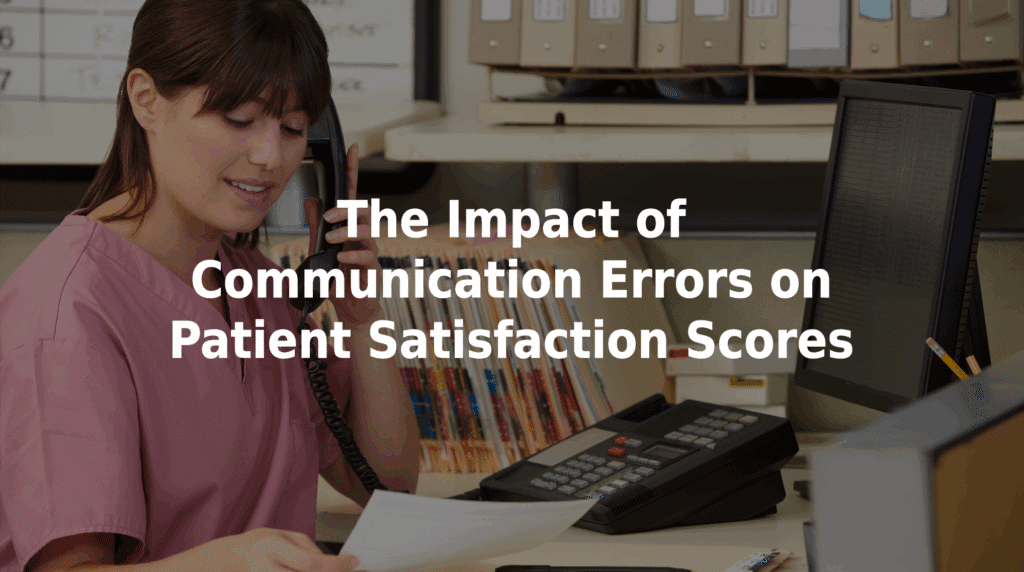The Impact of Communication Errors on Patient Satisfaction Scores
While patient satisfaction is a vital measure of quality for every healthcare organization, many hospitals and clinics underestimate how much poor communication affects these scores, particularly when it comes to call center operations. Understanding the impact of communication errors on patient satisfaction scores is essential to improving workflows, reducing complaints, and supporting better health outcomes.
How Communication Shapes the Patient Experience
When patients contact healthcare facilities — whether to report concerning symptoms, schedule appointments, or ask questions about their medications — they typically expect:
- Prompt, courteous service.
- Accurate, clear information.
- Confidence that their concerns have been received and will be addressed.
If communication breaks down at any stage, frustration grows and health can be put at risk. The HIPAA Journal highlights one study where “80% of serious medical errors were the result of miscommunication between caregivers during patient handovers.”
Common Call Center Communication Errors That Hurt Satisfaction
1. Incomplete or Inaccurate Message Intake
When nonclinical staff fail to document patient concerns properly, this often leads to delayed responses, additional callbacks by triage nurses to clarify symptoms, and general patient frustration.
2. Missed or Delayed Escalation of Urgent Symptoms
Without a standardized intake process, serious patient issues may be categorized incorrectly, delaying care and eroding trust.
3. Extended Hold Times and Call Abandonment
High call volumes and manual processes often force patients to wait on hold or call back multiple times before they can submit their requests.
4. Inconsistent Communication Across Departments
Patients who have to repeat information to multiple staff members feel unheard and stressed.
5. Lack of Clarity or Follow-Up After Initial Contact
If patients don’t receive clear next steps or timely callbacks, their perception of care quality declines.
Example: From Poor Communication to Improved Scores
Imagine a healthcare network that’s struggling with low patient satisfaction scores linked to:
- Long hold times that frustrate patients.
- Nurses receiving incomplete requests.
- Repeated callbacks that create confusion.
Implementing structured intake and technology to support nonclinical staff could:
- Substantially reduce patient complaints about phone communication.
- Increase response times for urgent concerns.
- Generate higher satisfaction scores in quarterly surveys.
Best Practices to Reduce Communication Errors
- Standardize Patient Message Intake: Make sure that all staff members follow consistent protocols for documenting patient concerns.
- Offer Self-Service Options for Patients: Using a secure chat tool can reduce call volume and improve convenience.
- Train Staff on Escalation and Follow-Up Procedures: Verify that messages receive appropriate attention and timely responses.
- Monitor Satisfaction Metrics and Feedback: Use patient surveys to identify gaps in care.
How MedMessage Automate Supports Patient Satisfaction
TriageLogic’s MedMessage Automate reduces the risk of communication errors by guiding patients through a secure, AI-powered intake process. All messages are complete, accurate, and routed appropriately — without ever burdening your call center staff.
Key benefits include:
- Reduced hold times and callbacks.
- Improved message accuracy and relevant escalations.
- Enhanced patient convenience with 24/7 digital access.
- Structured communication that builds patient trust.
Improve Your Patient Satisfaction
Learn how MedMessage Automate supports better intake, then contact us to talk about a program!

